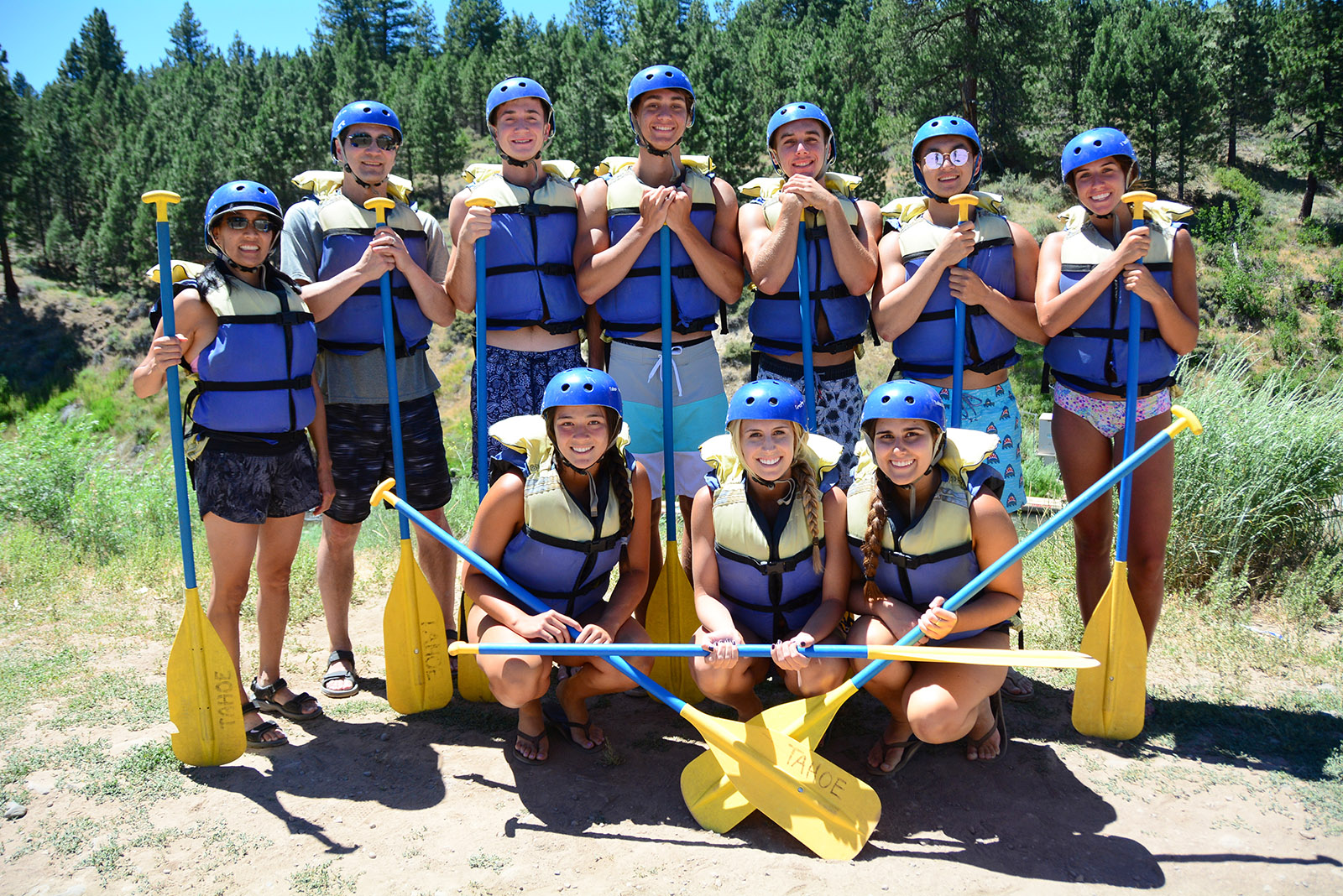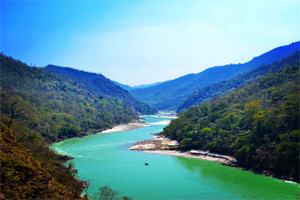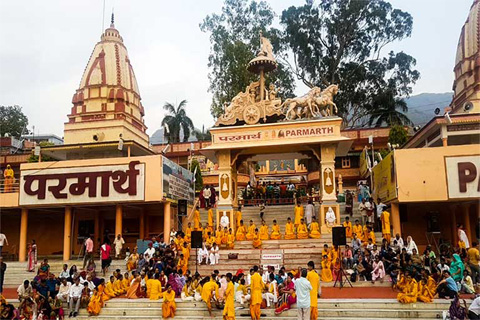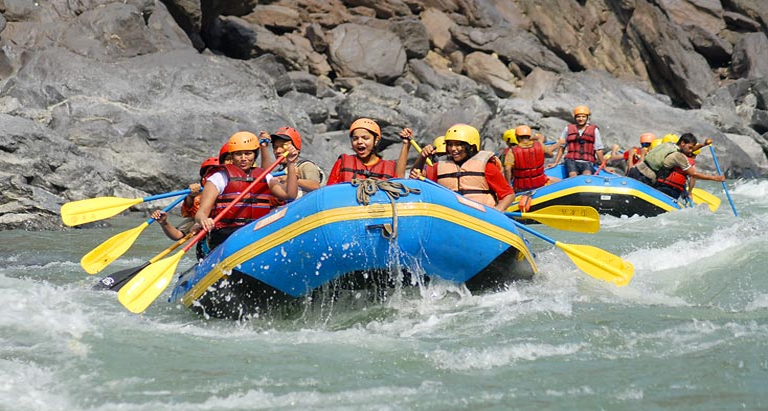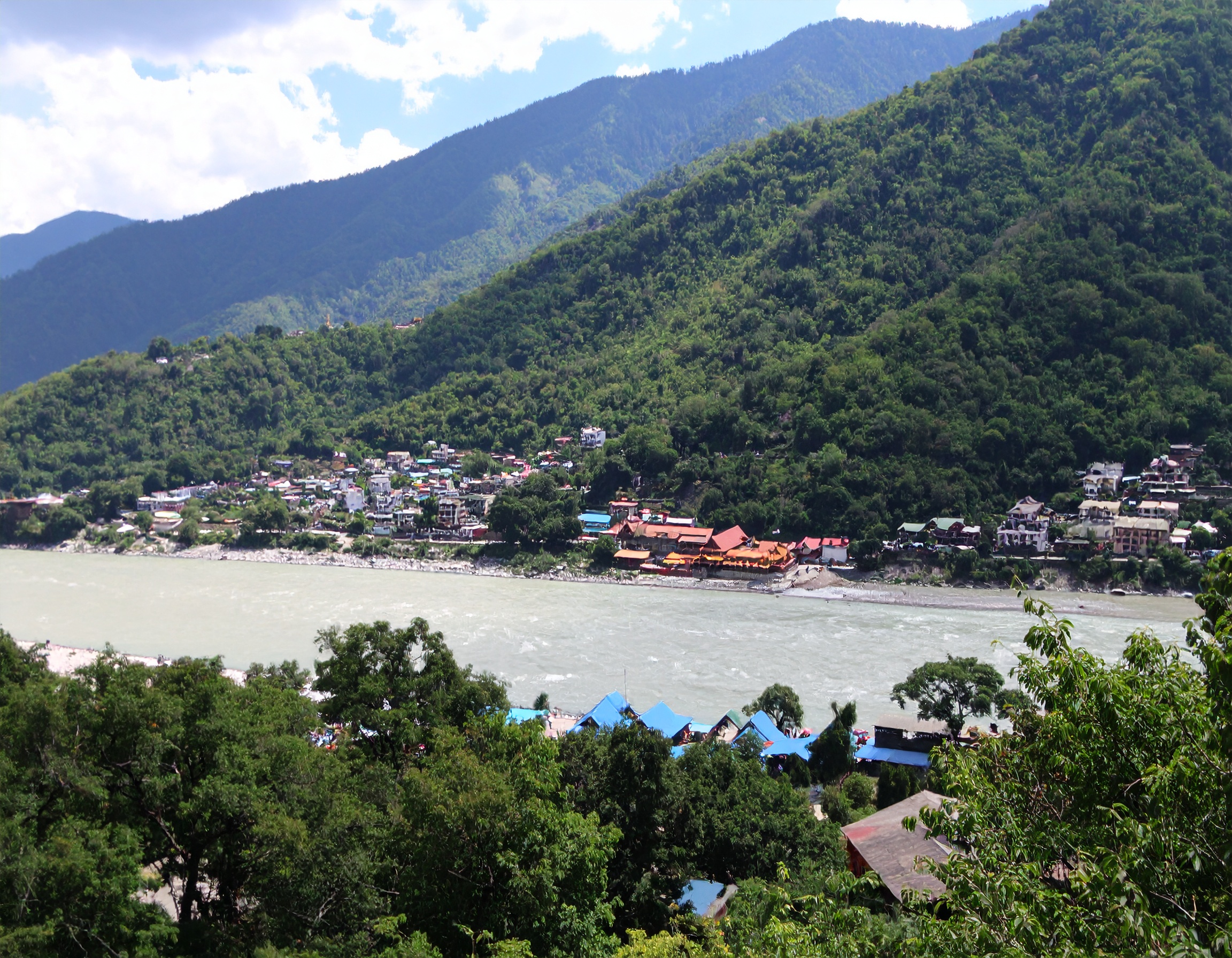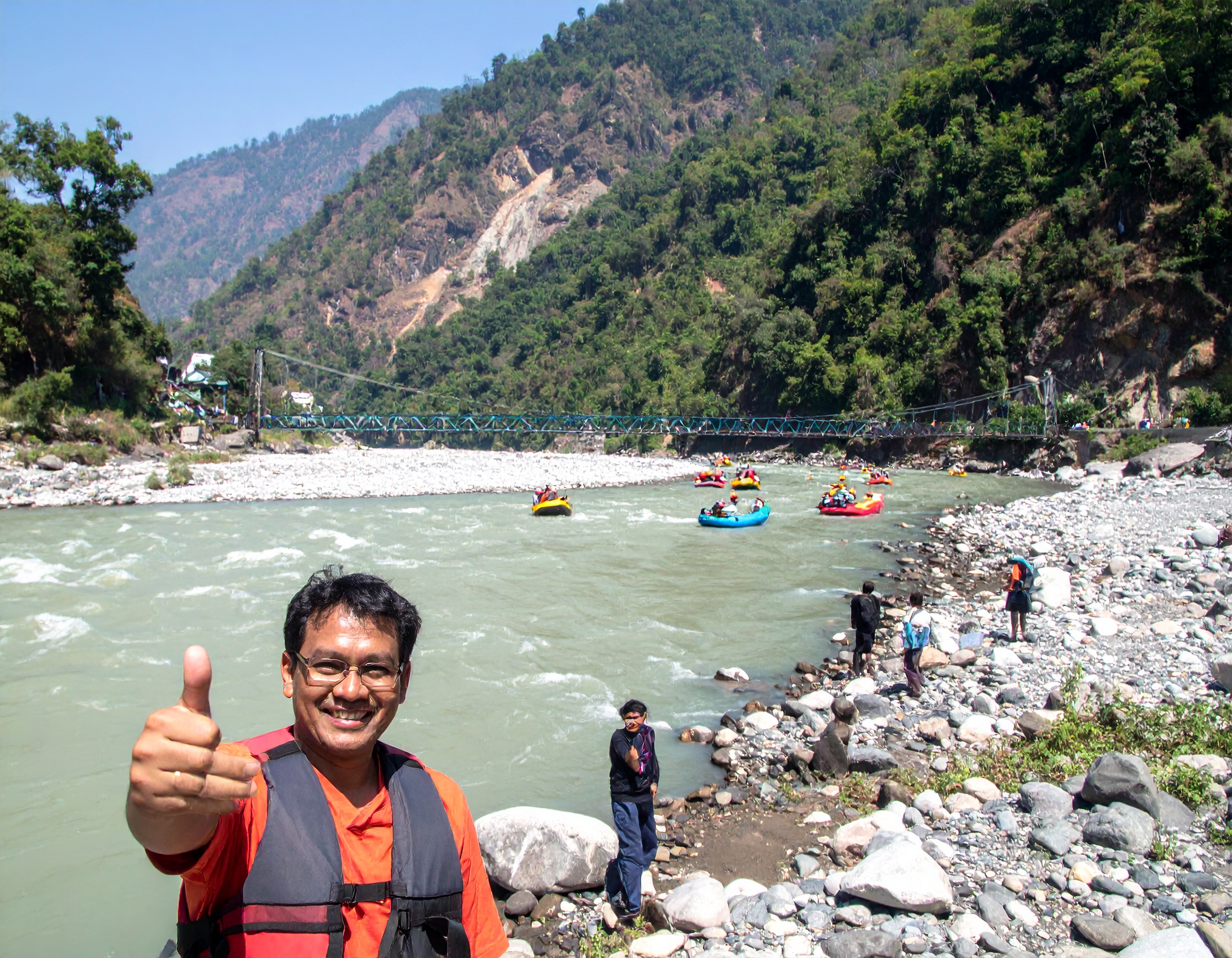Is River Rafting in Rishikesh Safe? Here’s What You Should Know
ishikesh is one of India’s most popular destinations for river rafting, attracting thrill-seekers from across the country. But for many first-time visitors or families with kids, one question often arises before booking: “Is rafting in Rishikesh safe?”
The short answer is yes — rafting in Rishikesh is safe when done under proper supervision and with licensed operators. But like any adventure sport, there are risks if precautions aren’t taken. This article will give you a complete overview of the safety aspects, risk factors, and how to ensure a secure rafting experience in Rishikesh.
Who Regulates Rafting in Rishikesh?
Rafting in Rishikesh is regulated by the Uttarakhand Tourism Development Board (UTDB) and local authorities. They ensure that:
- All operators are licensed
- Certified river guides are used
- Safety gear meets standards
- Certain routes and stretches are closed during monsoon
Since 2018, the government has also introduced strict guidelines and seasonal bans to prevent rafting in dangerous conditions.
Mandatory Safety Measures
When you book with a registered rafting company, the following safety gear and practices are standard:
- Life jacket (personal flotation device)
- Helmet
- Paddle and raft briefing
- Rescue ropes
- Presence of a certified guide in every raft
Before the trip starts, your guide will conduct a mandatory safety briefing, explaining how to sit, hold the paddle, what to do if you fall, and how to respond in emergencies.
Common Myths About Rafting Safety
Myth 1: Only good swimmers can raft
Fact: You don’t need to be a swimmer to raft. The life jacket keeps you afloat. Guides are trained in rescue techniques.
Myth 2: It’s dangerous in all seasons
Fact: Rafting is only allowed when water levels are safe. Operators cancel trips if conditions are risky.
Myth 3: Children can’t go rafting
Fact: Kids above 12 years and within the allowed weight range can do beginner-level routes like Brahmpuri.
When is Rafting Not Safe?
While rafting is generally safe, there are specific situations when it should be avoided:
- Monsoon Season (June to mid-September): High water levels and unpredictable currents make rafting unsafe. The government bans rafting during this time.
- Unregistered Operators: Some local vendors may offer cheaper rides but compromise on safety gear and trained staff.
- Health Conditions: People with heart problems, epilepsy, or serious injuries should avoid rafting.
- Overcrowded Rafts: Avoid operators that overload boats beyond capacity.
How to Choose a Safe Rafting Operator
Here are tips to ensure you’re booking with a safe provider:
- Ask for their license number or certification
- Check Google or TripAdvisor reviews
- Ensure the guide is wearing a rescue jacket and has communication equipment
- Verify the condition of the life jacket and helmet
If you’re unsure, ask directly: “Are you approved by Uttarakhand Tourism?”
Is It Safe for Families and Kids?
Yes, but stick to Brahmpuri to Rishikesh (approx. 9 km). This is the calmest route, ideal for families and children above 12 years old. Avoid longer or high-grade routes unless everyone in your group is physically fit and confident.
Quick Tips to Stay Safe
- Follow the guide’s instructions strictly
- Wear tight-fitting, quick-dry clothes
- Avoid alcohol before rafting
- Don’t panic if you fall — lie back and float feet-first
Conclusion
Rafting in Rishikesh is a professionally managed and government-regulated activity. If you choose a licensed operator, wear proper gear, and follow the rules, it’s as safe as it is fun.
So go ahead, conquer the rapids — but do it smart and safe.

